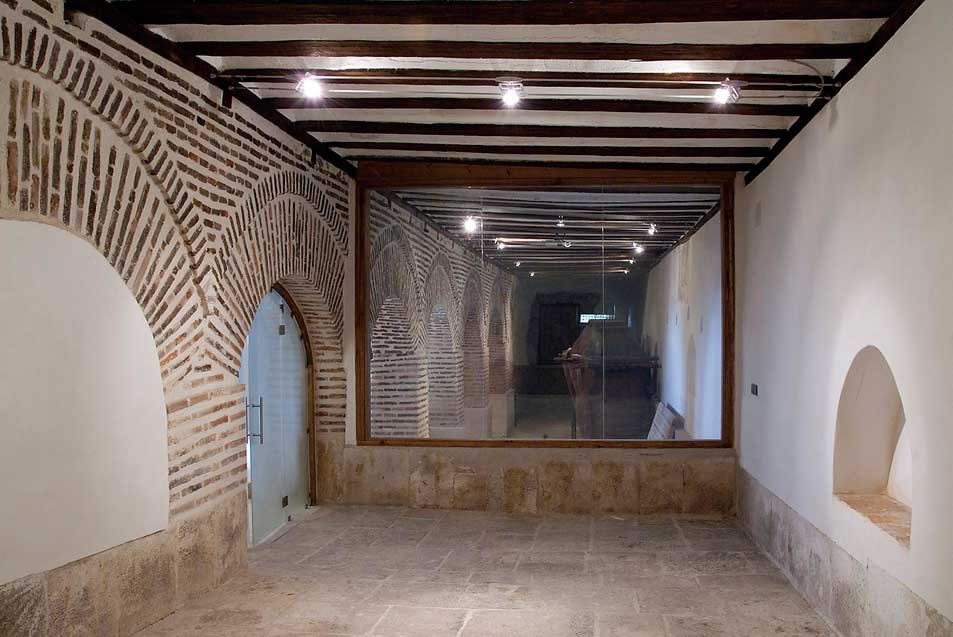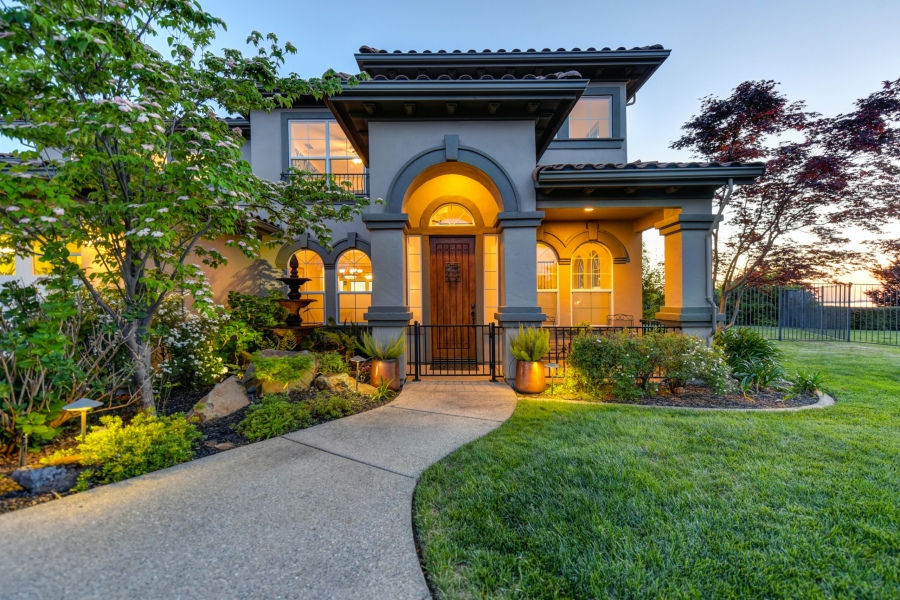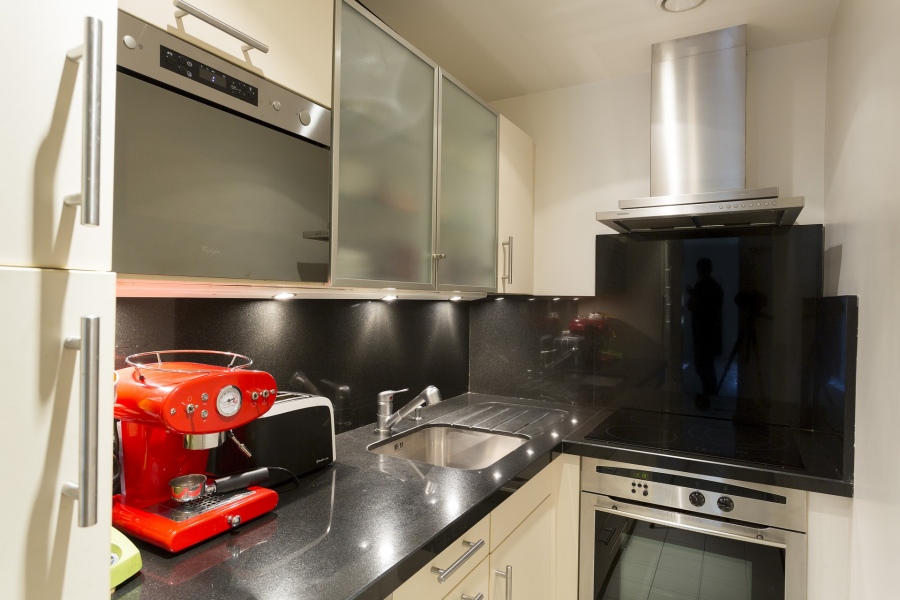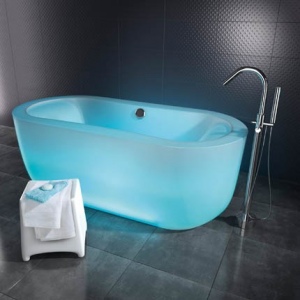Switchable windows are a pioneering piece of technology. They allow the user to change the opacity of the glass at the flick of a switch. Although they primarily have a function with privacy in mind, this revolutionary technology has the potential to radically change our homes.
How does it Work?
Switchable glass is manufactured in a special way, such that silicon dioxide glass sheets contain a dispersed liquid crystal polymer within. This is not visible to the naked eye, so the glass appears transparent. However, when a low voltage electrical current is applied to the material, the liquid crystal polymers align to form a film which makes the glass appear opaque. For this reason it is possible to switch the opacity of the glass on and off. In off mode, you have clear glass and in on mode, you have complete privacy. This type of glass is already being used by businesses to build adaptable office space, but it also has multiple functions which may revolutionise our approach to interior design.
Privacy
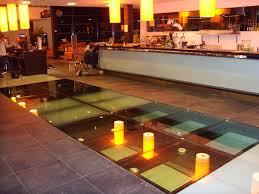 One of the major attributes of switchable glass is that it provides instant privacy at the flick of a switch. This is terrific for spaces such as bedrooms and bathrooms, which at times, demand privacy is essential and at other times, it is not. It would remove the need for permanent frosted glass, because the glass can be frosted as and when you wish. Dream Glass Group has demonstrated that panels can be combined to create entire walls of switchable windows. Therefore, in theory, you could have a whole floor of a house which is divided up by dream glass, making it possible to induce privacy in rooms and spaces as and when necessary.
One of the major attributes of switchable glass is that it provides instant privacy at the flick of a switch. This is terrific for spaces such as bedrooms and bathrooms, which at times, demand privacy is essential and at other times, it is not. It would remove the need for permanent frosted glass, because the glass can be frosted as and when you wish. Dream Glass Group has demonstrated that panels can be combined to create entire walls of switchable windows. Therefore, in theory, you could have a whole floor of a house which is divided up by dream glass, making it possible to induce privacy in rooms and spaces as and when necessary.
Colour
Another beautiful thing about switchable glass is that designers from Dream Glass Group have also made it possible to change the colour of the glass. This is helpful for interior designers and lighting decorators as it enables a room to be adaptable according to the state of the room.
Patterns
There is also the possibility of creating patterned switchable glass. In theory, layered switchable glass can be used as a very simple screen in which panels alternate to create images on the screen.
As a Television
Dream glass can be reduced to opacity so that it is possible to project onto it, either from the rear or from the front. Therefore, any switchable windows can be converted into a potential cinema screen.
Another great feature of switchable glass is that, as designs become more sophisticated, it will be possible to change the spectrum of opacity of the switchable windows with something akin to a dimmer switch. This means that it may be possible to control exactly the amount of natural light that is able to enter a room.
Patrick Cartwright is an interior designs expert who has been writing for a range of newspapers, magazines and online media for more than twenty years. Patrick is especially interested in the impact of new technology upon design. He believes the extent to which the Dream Glass Group has revolutionised how we can use glass as a material has major ramifications for the future of design.
